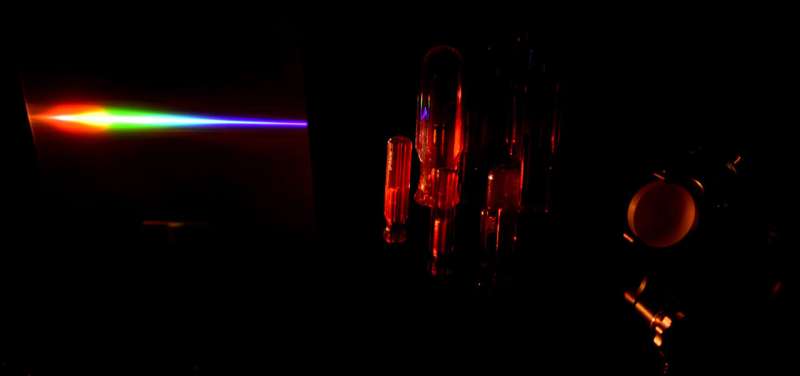Phys.org February 21, 2022
To understand how Earth has cooled and produced a solid mantle and crust, we need to know the physical properties of molten rocks at extreme pressure. An international team of researchers (Germany, UK) used the brightness of reflection from a multicolor laser to measure the refractive index of SiO2 glass and the path length of the laser inside the sample at pressures of up to 110 gigapascals, pressures similar to that at the depth of more than 2000 km in the Earth. These measurements yielded the refractive index of SiO2 glass and provided key information to quantify its density. The work showed that the compressibility and density of noncrystalline solids can be accurately measured in simple optical experiments up to at least 110 GPa. According to the researchers their work paves the way to future studies of glasses that approximate Earth’s present-day and long-gone melts. These future studies will provide new quantitative answers about the evolution of the early Earth as well as the driving forces behind volcanic eruptions…read more. TECHNICAL ARTICLE

By measuring the dispersed laser beam the scientists were able to get the refractive index of SiO2 glass and key information to quantify its density. Credit: Sergey Lobanov